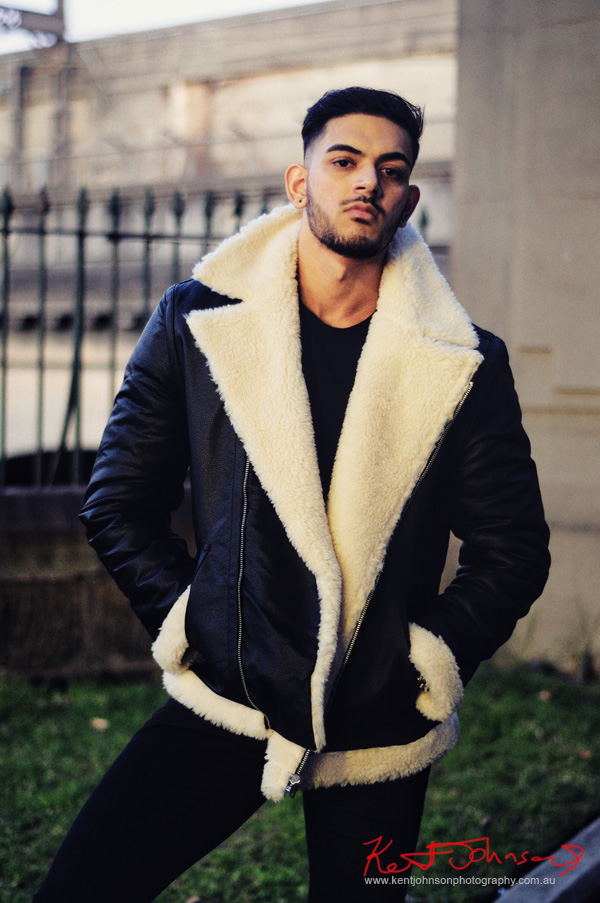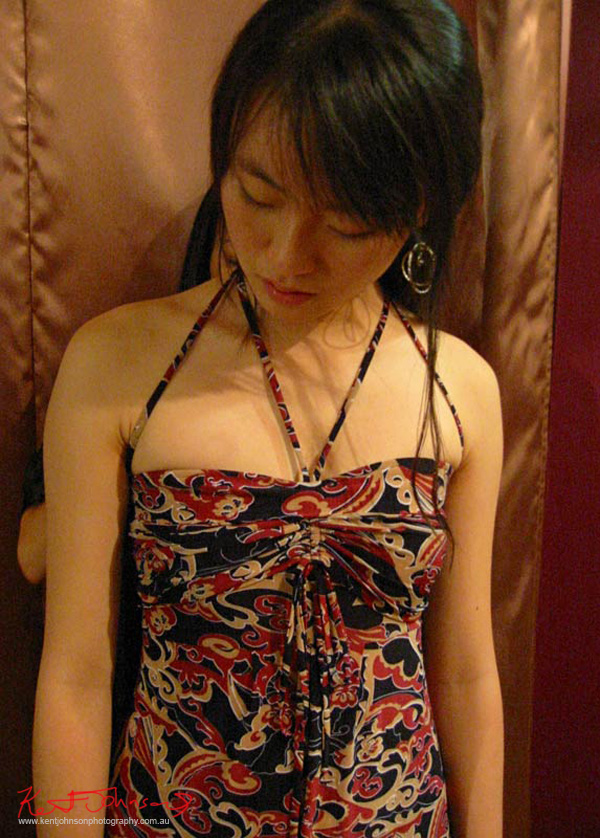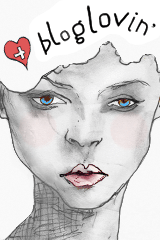It's taken
thirteen years for a complete edit of my Chinatown fashion story, and now I'm on my third edit writing on the behind the scenes, of what went right, and what went wrong. Why the complete story of images took so long to light up screens. Perhaps it's time to admit I just stuffed up? Time to admit I wanted more than I was able to reasonably deliver from the shoot? That the only defence I have is I did not know I was pushing beyond my own limits and the limits of my equipment at the time? This might sound like I was reckless in my ambition, but I was not. And let me tell you why. A week before the shoot I went down to the location, the Haymarket, 'Chinatown' in Sydney. Along with Sunny, one of the two models and we did a technical scout. Walking around with Sunny, I made a series of pictures of scenes we could use, taken at the same time of day as our shoot was to occur a week hence. You can scout locations without the talent, but a stand in always makes a difference to understanding the composition. These pictures turned out really well; for what they were. An overview and look at the location - with model - and the same light I expected on the day. So with the test pictures in hand, I had no reason to worry, the camera worked well, we were scaling up on the day of course, but I had no expectation of anything but success.

Timing is always important.
Two models, hair and make-up at the studio, my assistant, the garments, travel into the city to the location. We all ate a light lunch at an Asian restaurant before we took the first two shots, right out front!
If you are new to photography in the last few years; you are very fortunate. High ISO no problem. Speedy and accurate auto focus, no problem; fast playback of images, of course! This was certainly not the case in 2007. I had a Nikon D80, with a very average kit zoom, and as back-up for low light,
my Nikon
film-camera lenses I had cut my teeth on as a photographer, all manual focus, a 50, a 35, a 28 along with an SB 600 flash unit, and of course reflector and my assistant. I already knew the manual lenses were difficult to focus on digital cameras, but I took them anyway – and then I used them.

Looking at the picture meta-data from this edit now; I'm actually shocked to see that only three of the fourteen images in this story were shot with the auto-focus kit zoom (18-135 f3.5 ~ f5.6). That means even before we lost light, I was shooting with the old lenses. Why; well I think the zoom just was not focusing accurately enough and I had to try whatever I could to get the shots, that meant risking manual. The afternoon I did my location scout was a lovely bright day; now it was cool and overcast, flat light, not much contrast. The D80 autofocus was arbitrary in it's accuracy with the best of conditions, becoming worse as the light or lack of contrast receded. Now I was shooting in July which is winter in Sydney – you do get beautiful short summer-like days of sunshine, just like I had on the test shoot you see here. But on the day of the actual shoot I've got an overcast sky on a 'summer fashion' shoot and models getting cold right from the get-go. Not good, even though we have coats and I'm keeping an eye on everyone keeping as warm – as possible. When things don't work on a shoot; you must quickly find a solution. Panic is contagious and must be avoided at all costs. I believe it's better to move forward and not to bog down, to keep everyone’s confidence up. This is the approach I took on the day.

I shot a lot less on some looks than I would expect. Did I have enough memory cards for the shoot? I did, but then again I did not have a lot of memory to spare. I allowed for 3 rolls per shot 3 x 36 exp 108 frames.. If you started shooting film; you will always know how many rolls and how many frames remaining – to get the shot – I had enough memory for 100 frames per shot; this is still what I tend to shoot, though on this day I should have probably shot more, but slow manual, or inaccurate auto-focusing, and camera processing of each frame it burns through time. Manually balancing flash output with manual lenses.. tricky, time consuming.

As a freelance assistant in in the 1980s I got to experience how editorial photographers; who were typically budgeted 3 rolls of film per shot worked. 120 film or 35mm film; 12 frames or 36; still three rolls. Australian and European photographers went with that, but some photographers would, just keep shooting, until they got the shot. This could take a lot more rolls.. 'We' called it the 'American method' 'it will be in there somewhere' Film was
a LOT cheaper in the USA. In a way; it's what we can all do now with digital! And I wish I had been thinking more like that, both way back in the day, and on this shoot in particular.
Battling with your equipment is the last thing you want to be doing on any photoshoot. It is never good. Results with film – if you knew what you were doing – were repeatable and highly consistent. I wish I could say the same for early digital photography but I can't and though digital in 2020 is great; in 2007 it still had a lot of teething issues. When you are fighting with the camera, the attention that should be being given to the models, the framing of the shot, direction, lighting.. it all suffers, as the day marches on and light eventually disappears.

We also lost a lot of time on outfit changes. It's curious, because changes in the studio are usually pretty quick and if they are taking too long, it's easy to go and see what's going on. On this day, once models and changers headed off to a rest room to do a change – as you sometimes do on location – time went out the window. It probably seemed longer to me as I was waiting not doing, but my calculations on this front were clearly out!
Enough of negatives & the cautionary tale. What actually went right?
Well a lot more went right than I gave myself credit for at the time. So one last criticism would have to be that I was not being personally flexible enough with the pictures I took, and with the concept as I shot it. I was
looking more for what wasn't there, than discovering and working with what I actually photographed.
I had wanted an edgy shoot but not so edgy and gritty. I wanted images to be more in-focus than many were, at a time when out-of-focus seemed to have become a new industry standard. I was not being pragmatic with the images I had. I was thinking about filling gaps in my portfolio not maximising the use of the work I had in front of me.

I did not understand post processing like I do now. Not even close! This was also a major factor in my disappointment. I'm pretty sure I spent a couple of weeks, not days, trying to get the most out of my files and basically, failing. Whereas the new edit was done in less than a day and ticks all my boxes for good pictures with emotion. Same image files, now with over 12 years more experience, and some new tricks too, I am always continuing to develop my post processing skills, it's learning that never ends. One of the major post processing issues I had was converting the RAW files from the Nikon in Adobe Photoshop RAW converter. This was a bad idea (though I did not know it) as the Adobe converter did not understand, or read accurately the Nikon proprietary white balance embedded in the RAW files. This meant I could not improve on my JPEG files! Instead of believing my eyes; I struggled on making lack lustre 'correctly RAW converted images' with flat reds, muddied saturation and lack of vibrancy.. in Photoshop.

The
best lesson I learnt from this shoot was that the NIKON software does the best job of converting Nikon RAW files, and that seems as true today is it was then; it's just it took me a few more months, months to work that out. The new series were all converted from the original 2007 Nikon RAW files then post processed in Photoshop, and have never looked better! A lesson I will never forget.
Another lesson, perhaps the main lesson I’ve learnt from this shoot is pragmatic perfectionism, work with what you've got not what you have not. I would have thought I was already good at that, even at the time, though to be honest, that's a lesson that is always a work in progress.
Let the images speak. It's enough to have set things in motion, go with the story don't try to force it where it does not want to go. Now that does not mean tossing plans out the window at the first sign of something not going quite as expected. It means being flexible, turning lemons into lemonade, setbacks into triumphs! This is how I try to function today, listening to the pictures speak to me as I make them. And I have quite a few stories of how this really does work. I've experienced this most recently during travel location shoots, no coming back next week; public works, a crowd ruining your shot? I don't think so, go with it for that unique point of view, and say thank you to the mysterious gods of photography for the gift. They know more than you and I, trust them and the pictures will only improve.
See the 2020 Edit of this photoshoot Here
Read More - Top 10 reasons..
Studio Modelling Portfolio
Kent Johnson, Sydney, Australia.
0433 796 863































